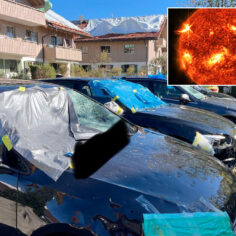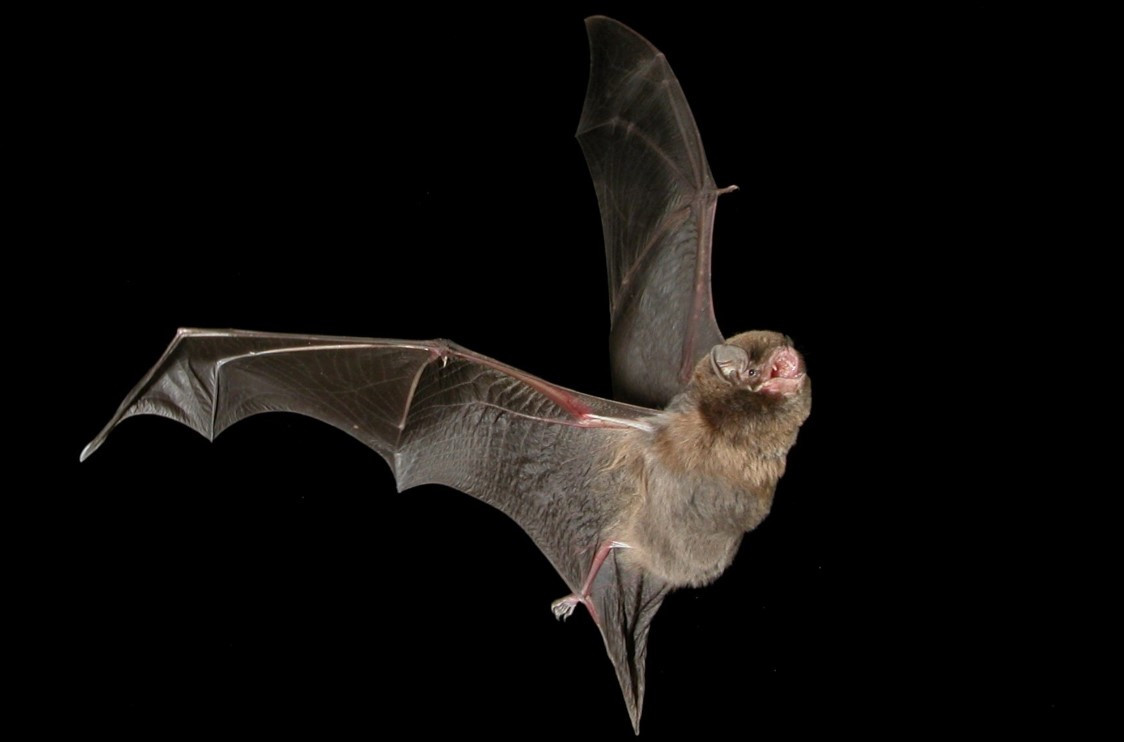Scientists are still searching for the source of COVID-19: Why it matters
The current COVID-19 outbreak is driven by a novel coronavirus (SARS CoV-2) that is spreading between people.
Published: March 18, 2020, 1:59 pm
Wanda Markotter, University of Pretoria
The first human infections were reported at the end of December 2019 in Wuhan, Hubei province in China when a cluster of 41 pneumonia cases was identified. Deeper analysis showed that it was a novel Coronavirus.
A third – 66 percent of the cases – had direct exposure to the Huanan Seafood market. Fish, shellfish, wildlife, snakes, birds and several different types of meat and carcasses were sold at this market. The market was closed immediately, and it has not reopened since.
Scientists around the world have been working around the clock to identify the pathogen behind the new illness.
Information that gave the first clues was released in mid-January 2020 when the full viral genomic sequence of the new Coronavirus from a patient sample was published. It showed a new coronavirus – SARS-CoV2 – belonging to the same group as the severe acute respiratory syndrome-related coronavirus (SARS-CoV) which caused the 2003 SARS outbreak.
But the new virus differed significantly, raising questions about its origin. The strongest speculation has been that the virus is somehow linked to the market given two thirds of the first batch of people infected had had ties with it. But even this hasn’t been proved yet. And subsequent investigations indicate that the first patient – who started experiencing symptoms as early as 1 December 2019 – had no reported link to the market, or the other patients.
Several questions remain. Most importantly, there’s no clear data on what the source was. But tracking down the origin of the illness is important because it’s essential to know who or what infected “patient zero”. Understanding the specific circumstances, including human behaviour and activities, that led to this pandemic may provide clues about risk factors for future outbreaks.
Shots in the dark
There has been a great deal of speculation about the source of the new Coronavirus. Soon after the reports of the first cases being identified a range of theories were floated. These included reports that the virus was leaked from the laboratory at the Wuhan Centre for Disease Control. A number of renowned scientists issued a statement condemning “conspiracy theories suggesting that COVID-19 does not have a natural origin”.
Similarly, the theory that the virus originated from snakes was subsequently debunked.
Misinformation like this was fueled by early reports that suggested a link between the market, animals and the new Coronavirus. But this has never been substantiated.
Nevertheless, it’s a line of inquiry that scientists continue to pursue. Bats, in particular, have been studied closely because they are considered to be the natural host of Coronaviruses.
Previous research has shown that most pathogenic human Coronaviruses, including SARS-CoV and MERS-CoV, have genetically similar viruses in bats. This diversity creates a pool of viruses that can spill over when and where the opportunity arises, most often into an intermediate animal source and then to humans.
For example, bio-surveillance studies focused on finding the reservoir of SARS coronavirus showed that the closest related virus was in horse bats (Rhinolophus spp) in China. Civets were an intermediate host infecting humans.
And fresh new data was released recently showing a close relationship – over 96 percent similarity – between a virus from a horseshoe bat sample collected in Yunnan and SARS CoV-2.
A second paper reported similarity – 89 percent similarity – between SARS CoV-2 and a group of SARS-like Coronaviruses previously found in bats in China.
But these similarities are still not enough to identify the direct spillover virus causing the current outbreak.
A key issue is that although the similarities appear high, the mutation rate of Coronaviruses is complicated. Added to the complexity of the story is that there’s as a high probability that an intermediate host is part of the equation. This insight comes from the fact that most bat viruses are present in low amounts in bats and need to amplify in a different host before they can spillover into humans.
For example, in the 2002/2003 SARS-CoV outbreak civets were identified as the intermediate host. In the most recent outbreak pangolins have been implicated. But there are huge gaps in this theory given that the Coronavirus identified in pangolins has only a 90 percent similarity with the human viruses.
Designing interventions
Preventing the spillover of a virus from animals to humans can save billions of dollars and human lives.
A pool of diverse viruses will continue to circulate in wildlife. Knowing the diversity, species implicated, and geographical distribution – together with understanding specific human activities that can increase the risk of spillover – is essential to prevent future outbreaks and sustain a healthy global economy.
Finding the source of a virus can sometimes lead to very simple interventions. For example, scientists identified the flying fox bat in Bangladesh as the natural host of the Nipah virus which can cause acute respiratory illness and fatal encephalitis. Researchers found that the virus was carried in bat urine. People became infected when they consumed raw date palm sap from palm trees that had bat urine in it. Interventions included education campaigns to discourage the drinking of fresh date palm sap. People were also encouraged to close collection containers to prevent the sap from being contaminated by bat urine.
Interventions will differ for every virus and geographical location. But basic virological, epidemiological and anthropological data is desperately needed for known outbreaks and to lessen the burden of future potential outbreaks.![]()
Wanda Markotter, Professor/Director Centre for Viral Zoonoses/ DST-NRF South African Research Chair, University of Pretoria
This article is republished from The Conversation under a Creative Commons license. Read the original article.
All rights reserved. You have permission to quote freely from the articles provided that the source (www.freewestmedia.com) is given. Photos may not be used without our consent.
Consider donating to support our work
Help us to produce more articles like this. FreeWestMedia is depending on donations from our readers to keep going. With your help, we expose the mainstream fake news agenda.
Keep your language polite. Readers from many different countries visit and contribute to Free West Media and we must therefore obey the rules in, for example, Germany. Illegal content will be deleted.
If you have been approved to post comments without preview from FWM, you are responsible for violations of any law. This means that FWM may be forced to cooperate with authorities in a possible crime investigation.
If your comments are subject to preview by FWM, please be patient. We continually review comments but depending on the time of day it can take up to several hours before your comment is reviewed.
We reserve the right to delete comments that are offensive, contain slander or foul language, or are irrelevant to the discussion.

The inflation hoax
Yes, prices are rising, but not for the reasons the Federal Reserve says. When I say inflation is a hoax, I mean the purported cause is a hoax. The Fed is fighting a consumer inflation, a “demand-pull” inflation. But what we are experiencing is a supply-side inflation caused by the Covid lockdowns and economic sanctions that closed businesses, disrupted supply chains, and broke business relationships while reducing energy supplies to the UK and European countries, thus forcing up costs in a globalized economy.

Two-Party Pox: The Republicans suck and the Democrats want to kill you
The Republican Party has never stood up for Americans, will never stand up for them and is not going to do what it takes. Past is prologue.
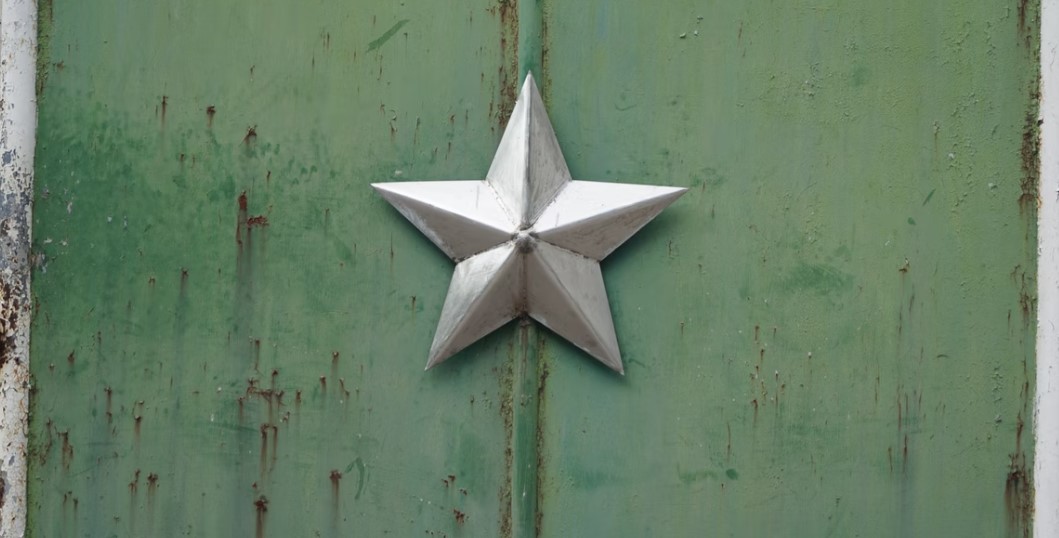
Russia’s loss at Kharkov highlights crippling shortage of men
KharkovThe frontline in this case relied on heavily outnumbered 2nd rate Lugansk draftees plucked from the LPR.

A country without an honest media is lost
For some time I have reported to you that in place of a media, a media that our founding fathers relied on to protect our society, the United States has had a propaganda ministry whose sole purpose is to destroy our society.

Sweden’s decaying democracy
A journalist is arrested and dragged out of the Gothenburg Book Fair because he politely asked a powerful politician... the wrong questions about his support for the ethnically-cleansed Zimbabwean dictatorship. Not only journalists, but academics and bloggers are being hounded by the leftist establishment daily. And the leftists have all the nasty instruments of the state at their disposal. Citizen reporter Fabian Fjälling looks into their excesses.
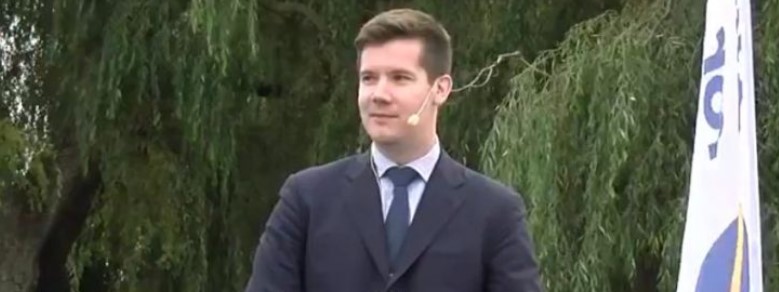
The geopolitical future of Nordic countries
Between unity and disunity, independence and foreign interference: Nordic countries have to either choose between creating an independent neutral block in the North, or seeing the region being divided between the great powers.
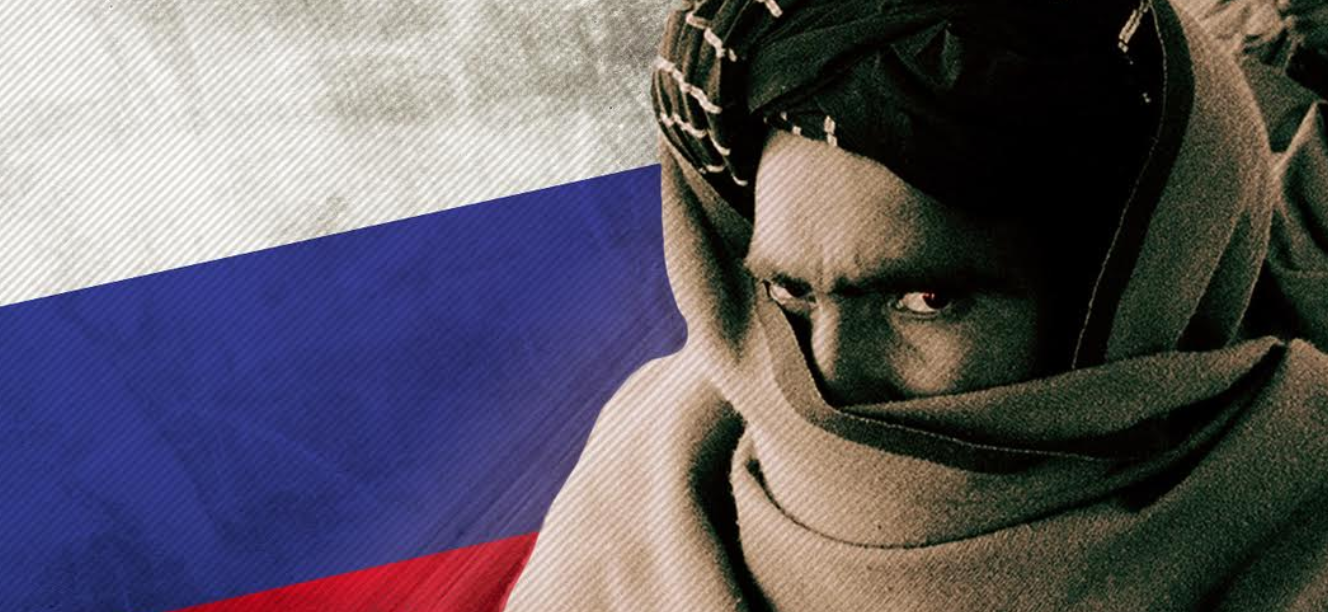
Russian, Chinese intelligence: ISIS heading for Central Asia with US cover
Operatives of the crumbling Islamic State in Syria and Iraq (ISIS) are moving to new battlegrounds near the Russian border, intelligence sources have revealed.

The unraveling of US/Russian relations
Washington has taken nuclear war against Russia from a hypothetical scenario to a real danger that threatens the future of humanity.

Hero commander killed in Syria – when the war is nearly won
For most Syrians it came as a shock: One of the most popular military commanders of the Syrian Arab Army, Issam Zahreddine, was killed on 18 October 2017.




